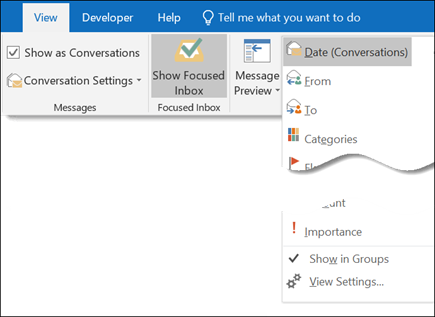
When connecting to Exchange, you’ll see a Local Data and a Server Data tab. Overview of folders in the mailbox and their sizes.
In the window that is being displayed now, you’ll see an overview of your mailbox folders and their sizes. To get an overview of the total size of your mailbox and each individual folder you can open the Folder Size dialog įile-> section Info-> button Cleanup Tools-> Mailbox Cleanup…įile-> section Info-> Tools-> Mailbox Cleanup… Add-ins to help process emails and attachmentsīefore starting with cleaning up, you’ll first need to know how “dirty” your mailbox really is. General tips to keep your mailbox small. In addition to having that “cleaned up” feeling, there are also technical benefits to having a tidy mailbox such as faster loading of Outlook, less clutter in your Search results and quicker backup ups since the mailbox to backup is now smaller. While there is no single “holy grail” method in storing your emails, the strategy used for cleaning up your mailbox effectively are much more generic and can be used for pretty any storage method you use.  Press Delete to remove the AutoComplete entry.Are you reaching the limit of your mailbox storage quota or simply want to get rid of some clutter in your mailbox but don’t know where to start? This is the guide for you!.
Press Delete to remove the AutoComplete entry.Are you reaching the limit of your mailbox storage quota or simply want to get rid of some clutter in your mailbox but don’t know where to start? This is the guide for you!.  Highlight the name or email address by hovering over it or using the Down Arrow key. In the To: field, type the first three characters of the cached name to trigger the AutoComplete feature. Follow the steps below to accomplish this: Nevertheless, you can delete entries from the cache one at a time when necessary. This means that, despite changing a contact's email address several times, Outlook will always suggest the first email address that was used. A major drawback is that Outlook's AutoComplete entries are static and cannot be updated, which can easily lead to email bouncebacks if you are not careful. The main benefit is that you can easily retrieve email addresses you have used in the past, just by typing the first few letters of the email address. There are pros and cons to this behavior.
Highlight the name or email address by hovering over it or using the Down Arrow key. In the To: field, type the first three characters of the cached name to trigger the AutoComplete feature. Follow the steps below to accomplish this: Nevertheless, you can delete entries from the cache one at a time when necessary. This means that, despite changing a contact's email address several times, Outlook will always suggest the first email address that was used. A major drawback is that Outlook's AutoComplete entries are static and cannot be updated, which can easily lead to email bouncebacks if you are not careful. The main benefit is that you can easily retrieve email addresses you have used in the past, just by typing the first few letters of the email address. There are pros and cons to this behavior. 

Outlook remembers up to 1000 email addresses you've used in the past, even if you have never stored them as Contacts.








 0 kommentar(er)
0 kommentar(er)
